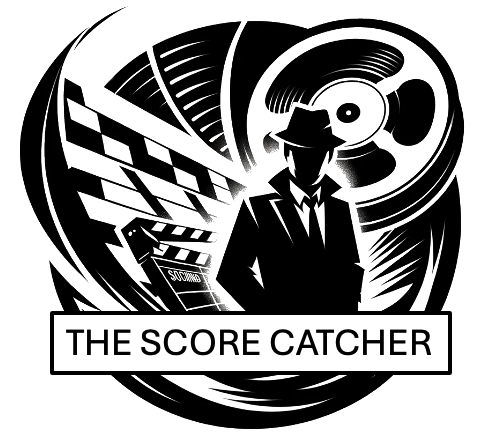Saturday, C4, 10:25pm
Rian Johnson’s Knives Out revitalizes the classic whodunit genre with razor-sharp wit and a stylish modern edge. Set in the labyrinthine mansion of the wealthy Thrombey family, the film unravels the suspicious death of patriarch Harlan Thrombey through the lens of the enigmatic detective Benoit Blanc, played to perfection by Daniel Craig. The cast’s ensemble brilliance—from Ana de Armas’s breakout performance as the kind-hearted Marta to the deliciously venomous turns from Chris Evans and Jamie Lee Curtis—elevates what could have been a by-the-numbers mystery into an electrifying commentary on class, privilege, and family dynamics. Johnson's meticulous script plays with traditional tropes while injecting a satirical freshness that keeps audiences guessing until the very end.

The soundtrack, composed by Nathan Johnson (a frequent collaborator of the director), serves as the film's invisible puppeteer, pulling strings of tension and intrigue with calculated precision. The score relies heavily on traditional orchestral arrangements, grounding the film in the formalism of Agatha Christie’s heyday while giving it a distinctly modern pulse. Tracks like "The Thrombey Estate" evoke the grandeur and secrecy of the family home, with swirling strings and staccato motifs that echo the suspense of Harlan’s fate. Meanwhile, the quirky detective theme for Benoit Blanc adds levity without diminishing the stakes. Nathan Johnson’s approach to layering tension, often using woodwinds and harpsichords, enhances the film's playful yet sinister mood, making the music an integral part of its storytelling.
Perhaps what is most impressive is how the soundtrack complements the film’s thematic undertones. The rigid classical arrangements mirror the facade of upper-crust order within the Thrombey family, a veneer that crumbles as secrets unravel. It’s a soundtrack that doesn’t just underscore scenes—it deepens them, offering subtle commentary on the characters' unraveling pretenses. Like the film itself, the score is intricately designed and endlessly rewatchable (and relistenable), leaving audiences both satisfied with its resolution and eager to revisit its intricate details.
- Daisy Rae